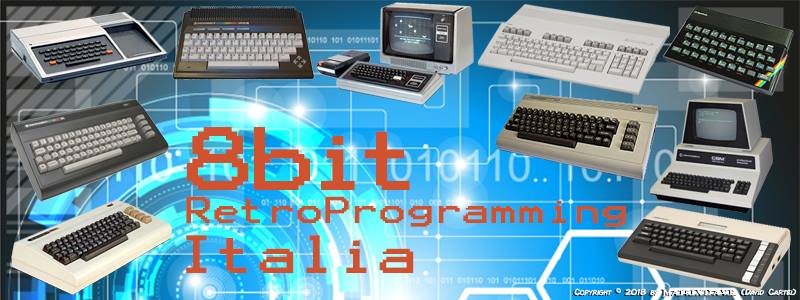DISCLAIMER: This page is a mirror of no longer existing lonestar's site, which is now archived here. This page will be deleted in case of original author's claim. Original work belongs to Frank Durda IV. 8080 Mnemonic Z80 Mnemonic Machine Code Operation MOV A,A LD A,A 7F A <- A MOV A,B LD A,B 78 A <- B MOV A,C LD A,C 79 A <- C MOV A,D LD A,D 7A A <- D MOV A,E LD A,E 7B A <- E MOV A,H LD A,H 7C A <- H MOV A,L LD A,L 7D A <- L MOV A,M LD A,(HL) 7E A <- (HL) LDAX B LD A,(BC) 0A A <- (BC) LDAX D LD A,(DE) 1A A <- (DE) LDA word LD A,(word) 3Aword A <- (word) --- LD A,(IX+index) DD7Eindex A <- (IX+index) --- LD A,(IY+index) FD7Eindex A <- (IY+index) MOV B,A LD B,A 47 B <- A MOV B,B LD B,B 40 B <- B
MOV B,C LD B,C 41 B <- C MOV B,D LD B,D 42 B <- D MOV B,E LD B,E 43 B <- E MOV B,H LD B,H 44 B <- H MOV B,L LD B,L 45 B <- L MOV B,M LD B,(HL) 46 B <- (HL) --- LD B,(IX+index) DD46index B <- (IX+index) --- LD B,(IY+index) FD46index B <- (IY+index) MOV C,A LD C,A 4F C <- A MOV C,B LD C,B 48 C <- B MOV C,C LD C,C 49 C <- C MOV C,D LD C,D 4A C <- D MOV C,E LD C,E 4B C <- E MOV C,H LD C,H 4C C <- H MOV C,L LD C,L 4D C <- L MOV C,M LD C,(HL) 4E C <- (HL) --- LD C,(IX+index) DD4Eindex C <- (IX+index) --- LD C,(IY+index) FD4Eindex C <- (IY+index) MOV D,A LD D,A 57 D <- A MOV D,B LD D,B 50 D <- B MOV D,C LD D,C…




